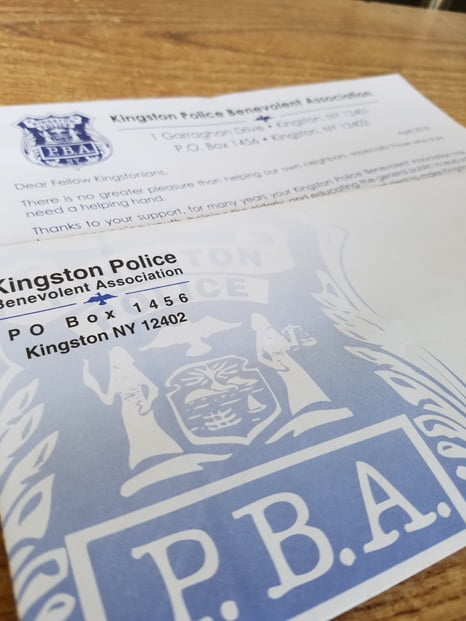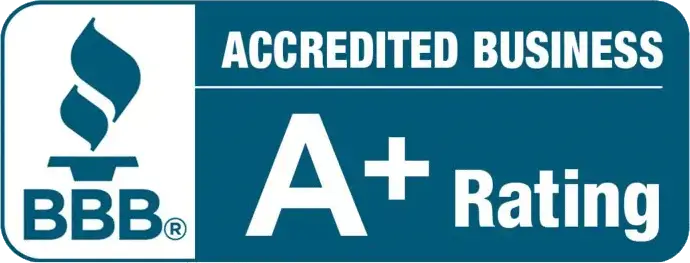Data Lists
More important than your mailing, are the data lists for the mailing. Great data = good results. Good data = mediocre results. Uncertain data = gambling. At CRST, we don’t believe in gambling. We do believe in knowing something about the data we’re using. Cornerstone has created custom Board of Elections and Real Property Data filters so you can choose the perfect criteria for your data lists.
Data Lists Types:
Political Registrants – People who have voted within a certain time period, specific election, affiliated party, school or fire district.
Real Property Owners – People who own property within a specified county.
Secondary Residential Homeowners – People who own property within a specified county but do not live within that county.
Occupant Resident – All addresses within a specified ZIP™ code.
Cultural Enthusiast with Wealth Indicators – People who are designated as having lifestyle interests such as arts, hiking, dance, music and their sub-cultures. Indicators for wealth would include project household income, boats, real property.
Dog Owners – People who own dogs.
Pool Owners – Addresses with pools, their sizes and type (indoor/outdoor, above ground / below ground).
Homes with Children – The number of children that live in at a specific address.
Should I use data lists with actual names or “Current Resident”?
When working with mailing data lists, you want to ensure that your mailing: a) reaches the target destination and b) gets opened by the recipient. You can actually use a combination of both mailing addresses with names and a saturation targeting of all houses using “Current Resident”. However, depending on the situation and results you are trying to obtain, you might have to use some strategy in picking correct data lists, and that’s where we can help. Below are some facts when using mailing addresses with names or “Current Resident”:
Mailing addresses with names
- Data lists that have the recipients’ correct name and address tend to get better results and higher rate of opening
- Easier to fix wrong addresses when you have the persons’ name to match using a search tool like Thatsthem.com or Whitepages.com
- The mail piece does not come across as spam mail
- Better for targeting specific people within an area
- Can always add “or Current Resident” to the Title field when printing underneath the name
Using “Current Resident”
- No need to make sure the name and address matches, as long as the address is verified by the USPS
- Data processing time and chance of errors significantly reduced
- Can use a printing template of “Current Resident” instead of variable data lists (clients, customers, prospects)
- Select a carrier route, entire town or ZIP code
What are personalized mail merged letters?
Personalized merged letter mailings elevate direct mail by combining names and addresses. Ideal for fundraising, invitations, and invoices, these mailings enhance results by including multiple materials in one envelope. Non-Profit Organizations, in particular, benefit from this approach, using appeal mailing that can include a #10 Mailing Envelope, #9 Response Envelope, a merged letter with recipient details, and a *Response Card.
- * These can both be swapped out for a #6 3/4 Remit Envelope which contains information for the recipient to add a check or cash.
All (or most) of the enclosed pieces contain the recipients information on the mail piece in some way, from name and address information to Donor IDs or Account/Subscription numbers. This uses variable data placeholders on the mail piece when designing it. For each record on your data lists, a personalized mail piece will be created for them, placing all dynamic information into the areas you specify. The end result creates a custom mail piece as if you made it just for them, increasing the chance it gets opened and receiving a donation.



Cornerstone Services Data Processing Steps:
Step 1 – Manual File Inspection
We check to make sure all data is in the correct columns, there is no stray characters or symbols, names are in correct formats, character length is set for each row based on artwork size and any foreign addresses are correctly formatted with postal codes and country names (in all caps).
Step 2 -Address Corrections
After importing into our mailing software we run the data lists file against a USPS® address list to ensure each record is ZIP+4 verified by postal standards. If not, we then research the name or address to find the intended information. Our goal is to make your data lists less than 2% errors since the more verified addresses you have in your list, the higher chance of delivery. All undeliverable addresses (records with little to no address information) will be removed and marked in the Data Quality Report (DQR).
Step 3 – Move Update
Next is to run the data lists through the NCOA (National Change of Address) software and check to see if any records have moved within the last 48 months (4 years). If there are any matches our software will then update the current address with the new one given to the USPS®. Some records will return back NCOA Errors which are people who have moved recently but have not sent the USPS® a new mailing address. These records are usually removed, but are sometimes kept upon client request or saturation mailing reasons. To account for the frequent change of address in your data lists, try using one of the address change and mail forwarding services (ancillary endorsements).
Step 4 – Duplication Review
Your data list is now being checked for duplicates by comparing records with similar address information. There are four (4) levels of de-duplication we run through and they are:
- a) Exact – these are records with exact mailing address information and last names. The goal is to have unique mailing addresses so we choose only one to mail to unless otherwise noted by the client.
- b) Loose – these are records with loose mailing information and last names, similar information such as primary addresses numbers and fairly close last names.
- c) Basic – these are records with basic mailing information. This tends to pick out records where the address is similar but the names are different. This is a manual process of checking the marked duplicates and determining which one is a duplicate to be deleted. Most examples are misspelled names and missing secondary (apartment/suite) designations.
- d) House-holding – (upon client request) depending on the type of data lists and result you are looking for with your mailing, we can also house-hold your data lists file to combine multiple records of the same last name and address to be “The [Last Name] Family”. This is helpful if you wanted to send only one mail piece per house.
Step 5 – Manual Post Cleanse Check
Your data lists are cleaned and now checked to make sure no errors were missed and all names / address information is correctly formatted.
Step 6 – Mail Sort
After being checked for final fixes your data lists are ready to be mail sorted for the USPS® and provided with IM Barcodes, Sort Position, proper paperwork, files and postage amount. This is the final step in processing a data file for mailing.
These steps are necessary to provide our clients with discounted postage due to the number of ZIP+4 verified addresses, saturation and automation rates. To put it simply, the cleaner the data, the better the result.
Data Quality Report (DQR)
After your data lists are thoroughly cleaned and mail sorted, we provide you with a Data Quality Report that details all the changes made to your list. This Excel document is color-coded to clearly show each modification and the corresponding action taken, such as deletion, correction, or automatic changes by our software. By utilizing this information, you can effectively maintain a clean and organized list. Below is an example of a Data Quality Report (DQR).

Data Quality Report showing all changes made to your data lists after processing.
